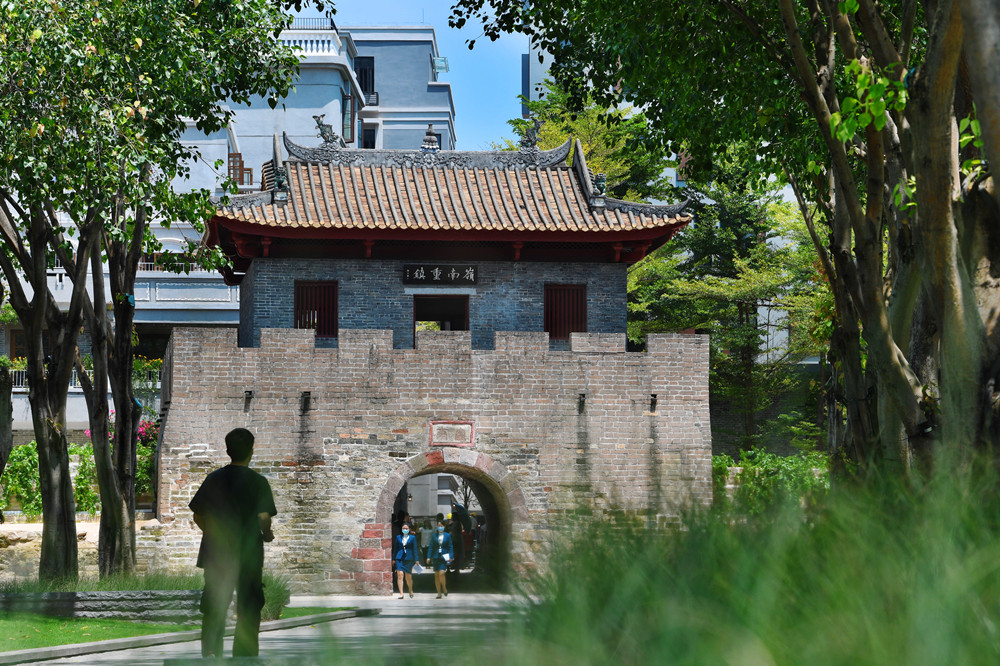Nantou Ancient Town
Source: haochang56.comUpdated: 2022-01-20

Nantou Ancient Town is located to the north of Nantou Flyover, Nanshan District, Shenzhen, covering an area of about 70,000 square meters. According to historical records, it was the residence of officials in charge of salt during the Han Dynasty. During the Three Kingdoms period, the official responsible for salt built “Wu Cheng” at its original site. In the 6th year of Xianhe in the Eastern Jin Dynasty (AD 331), the towns of Dongguan County and Bao’an County were built here. In the Ming and Qing dynasties, it was called Xin’an County. As an important transportation hub for rivers and the sea, it has long been a military center for coastal defense. Since the Jin Dynasty, Hong Kong, Macao, Zhuhai, Zhongshan, Dongguan and other places have long been under the jurisdiction of Nantou Ancient Town, which is both the source of Shenzhen’s urban history and the root of Shenzhen-Hong Kong culture.
In accordance with “Xin’an County Chronicles,” the existing Nantou Ancient Town was first constructed in the 27th year of Hongwu in the Ming Dynasty (AD 1394) when it was the yamen (office) of military officials guarding Dongguan. The foundation of the city was built with yellow clay and sand, an irregular rectangle in shape. Backed by mountains and facing the sea, the town was surrounded by original trenches. The longest area of the city wall is 680 meters from east to west and the widest is 500 meters from north to south.
Still in existence are the ruins of the north city wall and the south city gate, and the latter has been conserved in its original form. The south city gate’s bottom is 10 meters wide and 4.5 meters high, with the gate tower destroyed. On the arched gate, there is a rectangular stone block, with the two Chinese characters “Ning Nan” carved in small seal script, which is a valuable remnant of ancient Lingnan culture.
 Copyright © Shenzhen Nanshan Information Network Center. All rights reserved.
Copyright © Shenzhen Nanshan Information Network Center. All rights reserved.




